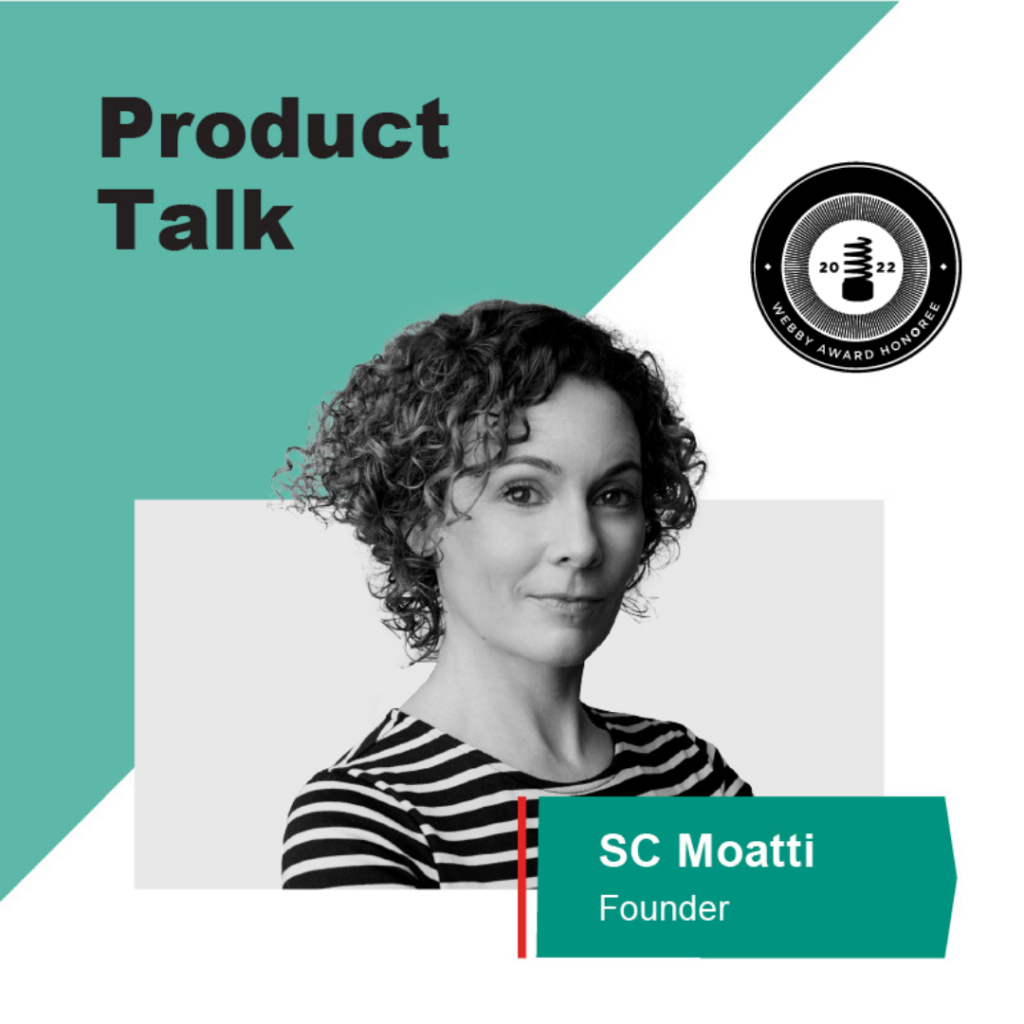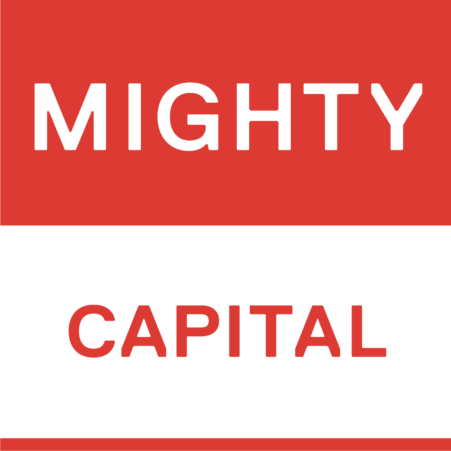The process of building strategy is fraught with challenges; translating that strategy across the full organization is even more difficult. How can product leaders use strategy mapping to create organizational alignment and ensure execution success? This week on Product Talk, we welcome Professor Jesper B. Sorensen from the Stanford Graduate School of Business to talk about his book, Making Great Strategy, and how product leaders can use strategy mapping and visual thinking to uplevel their product roadmaps.
Listen to the entire episode here on Products That Count, roll through the highlights below, and don’t forget to subscribe so you never miss a product episode, new every week with insights from leading product executives.

On strategy basics
It’s a word that is thrown around casually in the lunchroom and with gravitas in the boardroom. Strategy, however, can mean something different to everybody, and therein lies the problem in using it in a definitive manner. Opening up the discussion, Professor Sorensen breaks down the term into its core basics.
“Strategy is a word that people like to use a lot, and in some ways, it’s maybe one of the most abused words in business. You shouldn’t confuse your strategy with your goals.”
“Generally, a strategy is a plan for how you’re going to accomplish a set of goals. One of the key responsibilities that you have as a contributor to an organization, is to make sure that the organization can prosper economically. Meaning, it has the resources that it needs to, at the very least, survive and if you’re in a for profit organization, to maximize profits.”
“Strategy is how you go about delivering on economic prosperity for your organization, which is about creating value and capturing value.”
“When I talk about strategy, it’s in two ideas; how does your organization create value for people, and how does it then capture some of that value for itself?”
“What every single successful strategy has in common is that underlying it, there is an argument, a theory, of how a set of inputs lead to a set of outputs. How a set of causes lead to a set of effects, and that what you’re doing when you’re implementing or designing a strategy is that you’re behaving consistently with that theory.”
On being aligned across the organization
Every product leader knows that organizational alignment is imperative for organizational success. Strategy is where that alignment begins.
“Part of what we’re trying to accomplish is to help people who are executives and managers in organizations who are trying to get stuff done. To be able to approach strategy as something that they can do and to give them a set of very practical activities that they can use to do strategy.”
“If you have a bunch of people in an organization who are responsible for making important decisions – like certainly product managers are – it’s really important that you do that in a way that’s consistent with some sort of logic.”
On Strategy Mapping as a framework
Typically, a business framework allows business leaders to take a question and break it down to its basic elements, revealing the underlying intentions and relative factors. In a strategy mapping framework, Professor Sorensen approaches it from the other, building the framework from the bottom up. Learn more about strategy mapping in his book, Making Great Strategy.
“The thing about frameworks is that they help you break down the world into building blocks, but they don’t teach you very much about how to put things together.”
“An argument is just a term for saying these are a set of assumptions that are going to lead to a conclusion, and a theory is just a set of assumptions that’s going to lead to a conclusion. That’s what a strategy argument is and if you could start to see that strategy really works that way, you can then approach it in a much more empowered way.”
“Strategy mapping is really just a way of saying visualization. First of all, a lot of people have a bias towards visual thinking – they’re used to drawing boxes and arrows on a whiteboard or on a piece of paper. Visual thinking in a collaborative way is a very powerful way of getting different people to share their different understanding of how things relate to each other.”
“When you start to visualize your strategy and be explicit with yourself about the assumptions you’re making, and how you think those actions are related to consequences, the better able you are to actually measure and define KPIs.”

Product Talk is sponsored by Mighty Capital; turning ideas with traction into products that win.

About the speaker
About the host
Nikki is a cloud and software product Director who works with a global team of talented engineers and architects in designing and implementing innovative solutions from product inception to production. After spending over a decade working in product engineering and management for multimillion dollar technology and start-up companies, Nikki believes what truly drives innovation is not only a commitment to technological breakthroughs but also people’s passion in improving everyday lives by building products that leave a lasting impact, disrupt the industry, and are vehicles of change, while providing the best user experience. When Nikki isn’t working on her next big product release or entrepreneurial endeavors she is spending much needed time with friends and family discussing the latest politics, or simply the meaning of life. She’s an adventurous traveler who also enjoys capturing moments through photography. Nikki also holds a B.S. in Computer Engineering , M.S. in Electrical Engineering and has a corporate innovation certificate as part of the LEAD program.